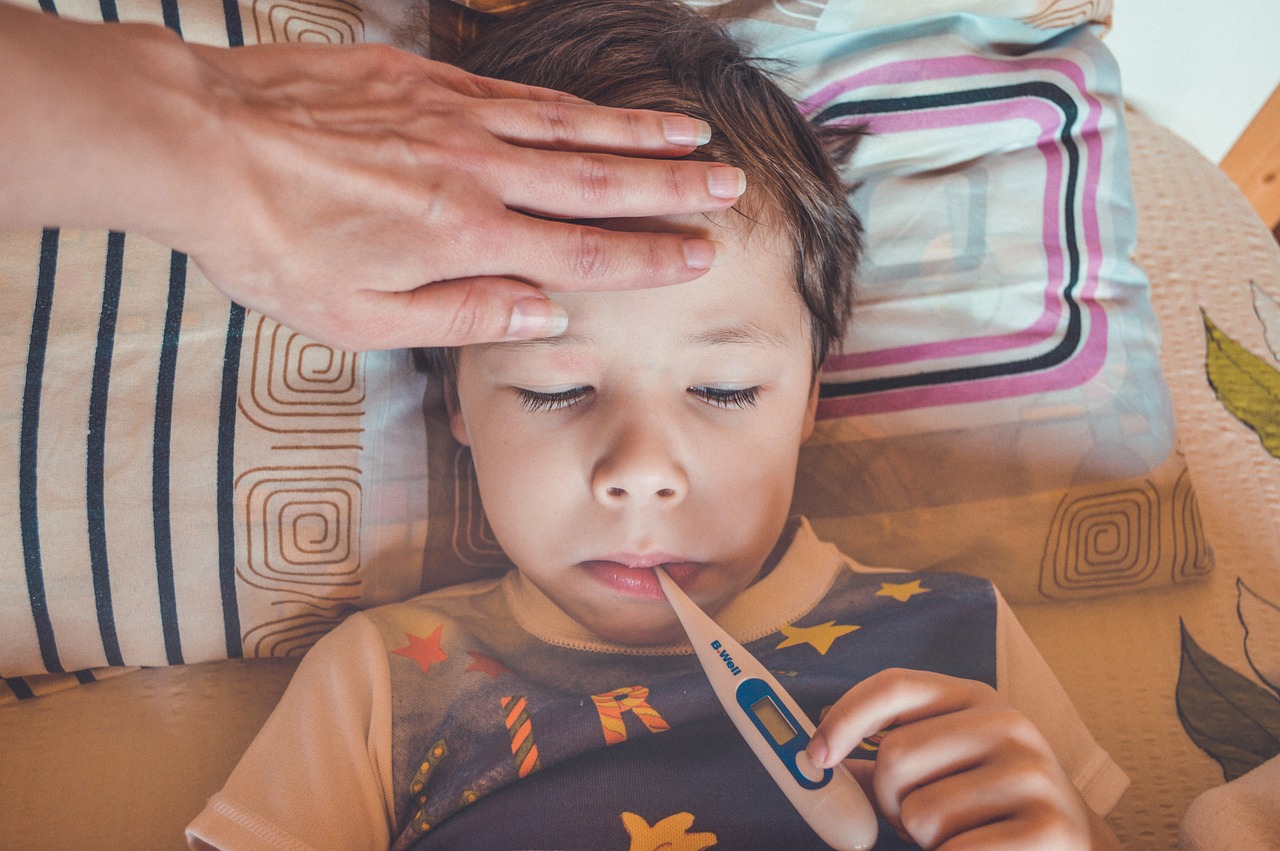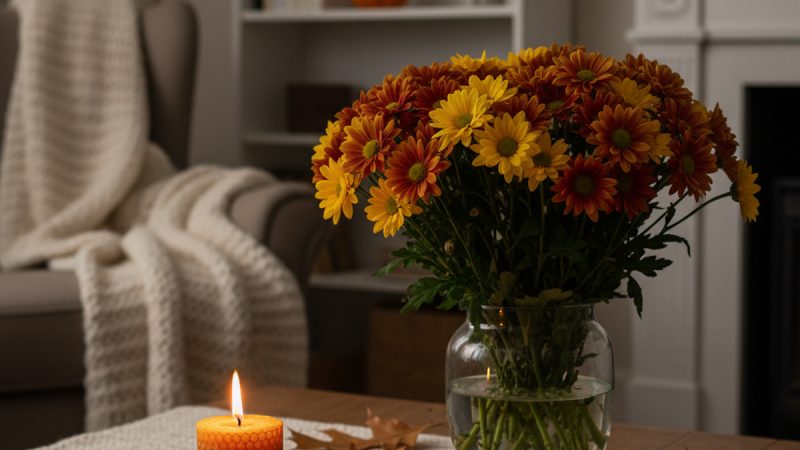What Causes Chills

The feelings that one has after, getting exposed to a cold environment are referred to as chills. The same term can also refer to episodes of shivers as well as paleness. There are instances where Goosebumps are linked to chills despite the fact that they are different situations. Fevers are a type of infection that begins off with chills. What causes chills to start with? Quick contraction and relaxation of the muscles also results in chills. The body uses chills to try and generate heat as and when it is appropriate to do so. A disease like malaria which kills so many people in the tropics is identified in its early stages through chills.
Children as opposed to adults tend to experience chills more often due to the fevers that they suffer. The most frequent causes of chills are Infections due to bacteria and viruses such as Meningitis, Pneumonia, Strep throat, Viral gastroenteritis, Bacterial gastroenteritis, Colds, Infectious mononucleosis, influenza and urinary tract infections such as pyelonephritis and Exposure to a pretty cold environment.
The body responds to several conditions by developing fevers which are generally accompanied by chills. Fever that passes off as mild i.e. less than 102 degrees F and has no side effects can be sorted out with lots of water intake and rest. In most instances, evaporation tends to cool down the skin which results in a lower body temperature. It is advisable to sponge someone with chills using some warm water preferably 70 degrees F as it has been observed to considerably reduce fevers. Avoid the use of cold water, as this tends to be uncomfortable and may in fact result to an increase in the fever and thereby chills. Try and use medications like acetaminophen which have been found to be very effective against chills and fevers. Avoid heavy blankets if you have a fever.
Walking pneumonia or atypical pneumonia is one illness whose symptoms can remain undetected for long periods. One thing that makes the walking pneumonia behave in this way is the fact that its symptoms are not as severe as those of the typical pneumonia which means that they are largely ignored as being the normal symptoms of being tired. This illness affects around 2 million people annually throughout the world with the majority of the patients being under 15 years of age. All parents who have children under the age of 15 years should be capable of identifying symptoms of walking pneumonia. The virus behind the walking pneumonia is the mycoplasma pneumonia. This virus is what causes the following walking pneumonia symptoms like severe headaches, a runny nose, irritating fever without any probable cause, severe pain in the throat, eyes and stomach, steady lack of energy and lethargy, Pains in the back as well as the chest, cold surges that flash throughout the body, sudden chills and sore throat.
Patients of walking pneumonia who have already started experiencing breathing difficulties tend to develop gloomy feelings really fast. The initial three weeks of walking pneumonia are very calm as no detectable symptom shows up. The first symptom of walking pneumonia has to be low energy levels or lethargy.
The Author:
This article touched the basics of the topic. I have 2 more resources related to the above. They are what causes chills and walking pneumonia symptoms. Do consider reading them.
Photo. Victoria Watercolor








